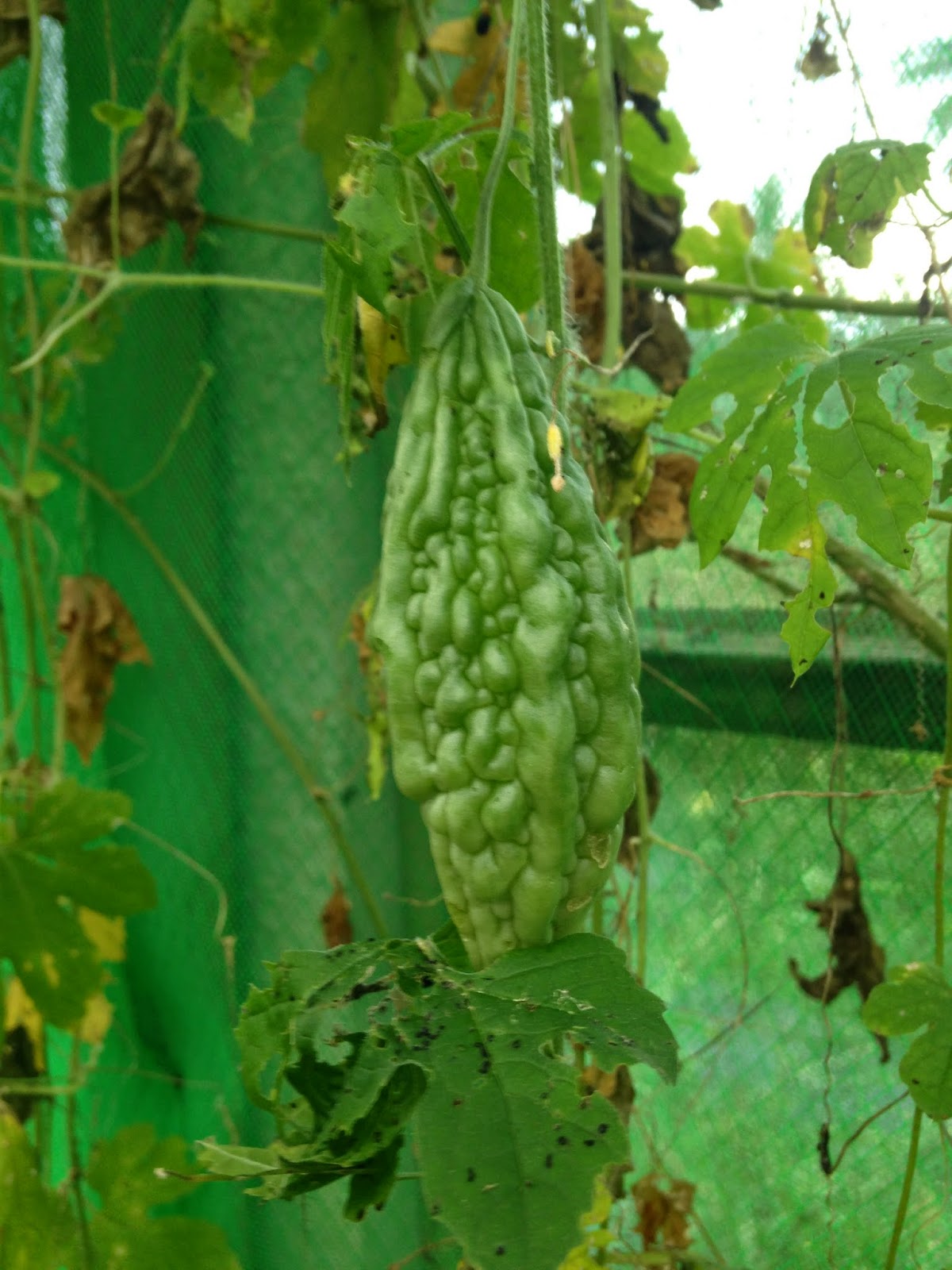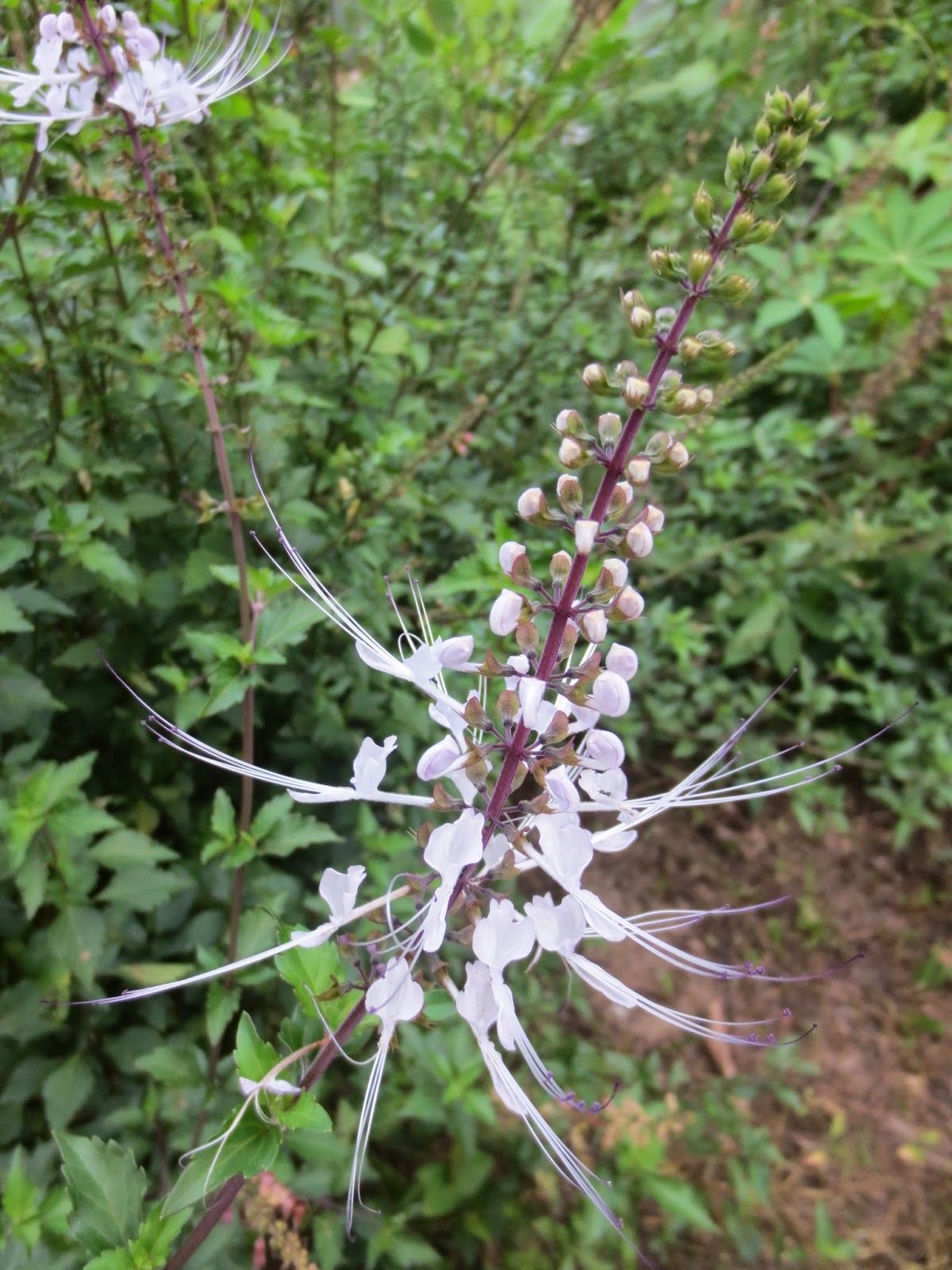After five years and still loving it
As we approach 2015, it is time to plan the year ahead and reflect on the last 5 years to gain from lessons learnt. when I first started the farm, many couldn’t imagine what I meant or what it would look like. After all, to those that had come to visit the piece of land, all they saw was this jungle with no water or electricity supply.
My vision was an integrated farm, incorporating our heritage plants and herbs as well as working towards self-sustainability. Here I am, a person from the corporate world, with no experience in farming and little knowledge but I had a dream. My retirement plan, what I would like to be able to do till the day I die without worrying if someone was going to tell me that it was time to leave as I had reached the retirement age.

When the fish pond was created, what I did was have the previous dried-up stream bed widened and deepened. This was the only concession to having heavy machinery such as the bull-dozer on the farm, to do the digging. As we dug deeper, water started to sprout from the ground, an indication that we had hit the water table.

 We rear catfish, tilapia and lamp am plus we have an assortment of other fishes that entered the pond with the water. With water flowing in and out continuously, the water quality for the fish is good and we do not require oxygenation machines for the fish pond. Although we use fish pellets, it is a supplement to our natural foods which will remain our secret. The net effect is our fish have a natural sweetness to it and does not have any “muddy” smell or taste. A bid no-no in feeding the fish is carcasses and other animal wastes such as chicken stomachs. We sell them fresh or filleted and sometimes marinated, depending on customer special request. When I have time, we do produce smokes fish or lightly-salted dried fish. We are not yet proficient on the production of our fresh water fish hence we are not able to keep up with demand but it is our hope, in the coming year, we will have a marked improvement in productivity.
We rear catfish, tilapia and lamp am plus we have an assortment of other fishes that entered the pond with the water. With water flowing in and out continuously, the water quality for the fish is good and we do not require oxygenation machines for the fish pond. Although we use fish pellets, it is a supplement to our natural foods which will remain our secret. The net effect is our fish have a natural sweetness to it and does not have any “muddy” smell or taste. A bid no-no in feeding the fish is carcasses and other animal wastes such as chicken stomachs. We sell them fresh or filleted and sometimes marinated, depending on customer special request. When I have time, we do produce smokes fish or lightly-salted dried fish. We are not yet proficient on the production of our fresh water fish hence we are not able to keep up with demand but it is our hope, in the coming year, we will have a marked improvement in productivity.
 The first structure built was a store room cum bathroom with a well since in the beginning, I hadn’t figured out the water supply yet. IT took a couple of years to build as I had it built in stages. The main idea was to have an easy to maintain functional farmhouse. It is simple and all the floors and walls are tiled as I didn’t want to have to spend a lot of time cleaning. Now,the farmhouse is almost complete – there is still some small details to be completed but as you may guess, it is at the bottom of my list of to-dos. The features that I love about it is the surau, the big kitchen, and my bathroom. With lots of water, I can have nice cool, long showers.
The first structure built was a store room cum bathroom with a well since in the beginning, I hadn’t figured out the water supply yet. IT took a couple of years to build as I had it built in stages. The main idea was to have an easy to maintain functional farmhouse. It is simple and all the floors and walls are tiled as I didn’t want to have to spend a lot of time cleaning. Now,the farmhouse is almost complete – there is still some small details to be completed but as you may guess, it is at the bottom of my list of to-dos. The features that I love about it is the surau, the big kitchen, and my bathroom. With lots of water, I can have nice cool, long showers.

 With all the produce from the farm, we have elected to sell it ourselves to ensure quality, freshness and competitive pricing as to practice our principle of providing affordable quality pesticide-free and herbicide-free food. For the last three years we have had a stall at the Sunday morning market in Sungai Penchala and I am happy that we have many regulars. We also a few types of herbal teas at the market and also via mail. Our selling principle is we do not sell what we do not eat or drink. Hence, we have tried it all and also eat or drink it regularly.
With all the produce from the farm, we have elected to sell it ourselves to ensure quality, freshness and competitive pricing as to practice our principle of providing affordable quality pesticide-free and herbicide-free food. For the last three years we have had a stall at the Sunday morning market in Sungai Penchala and I am happy that we have many regulars. We also a few types of herbal teas at the market and also via mail. Our selling principle is we do not sell what we do not eat or drink. Hence, we have tried it all and also eat or drink it regularly.






























